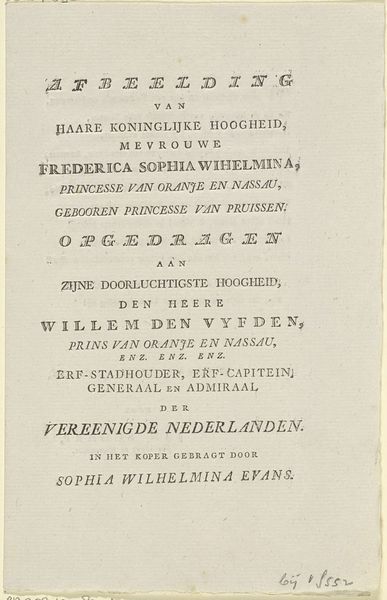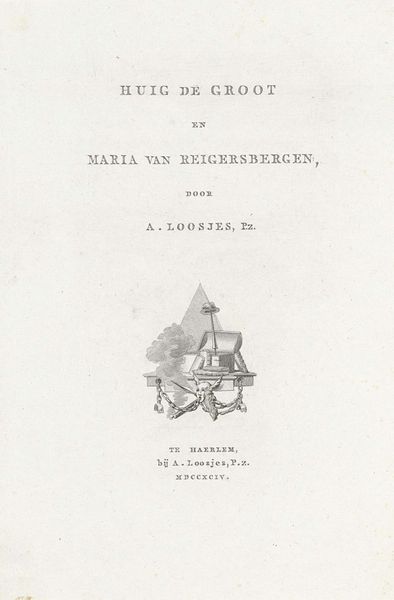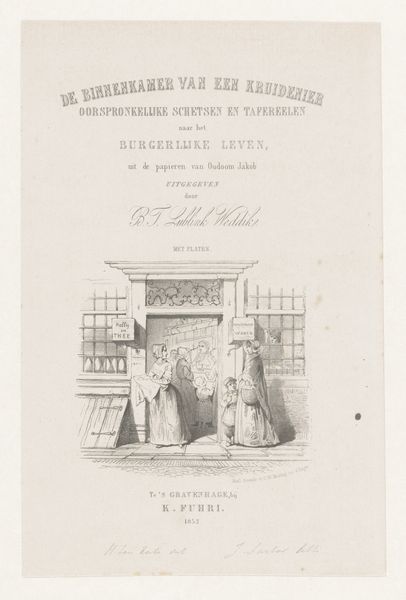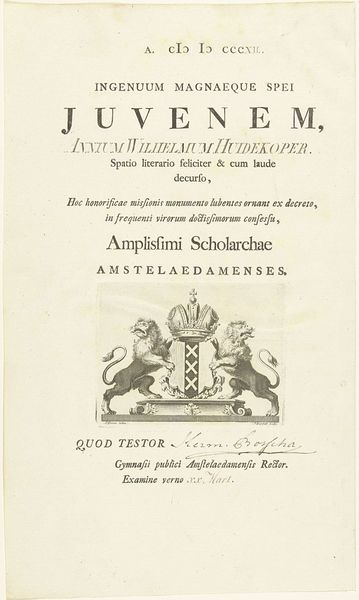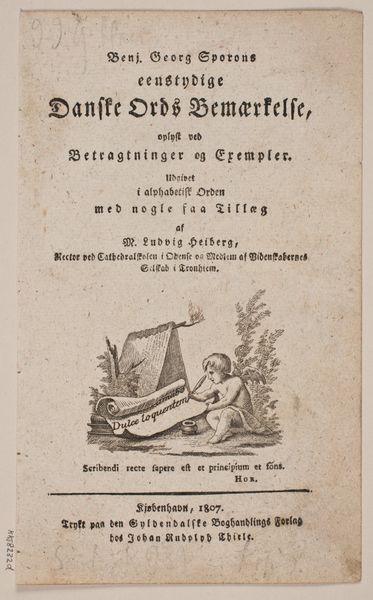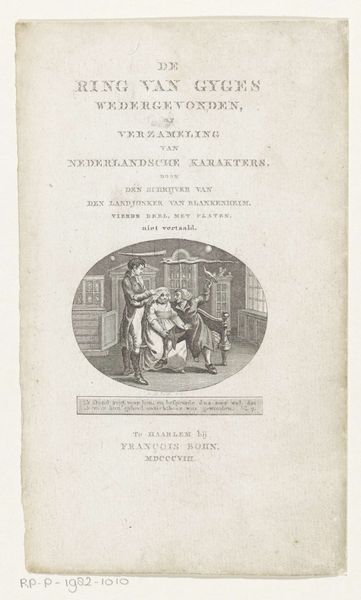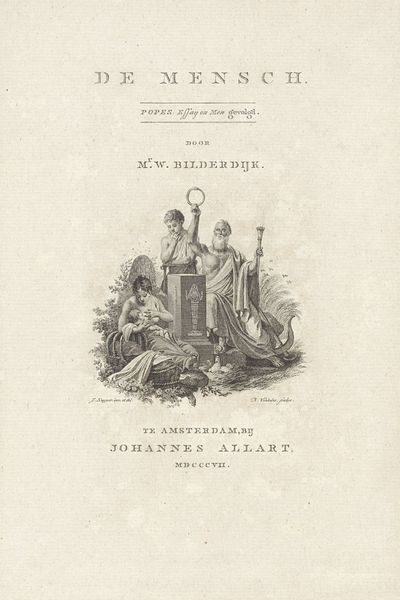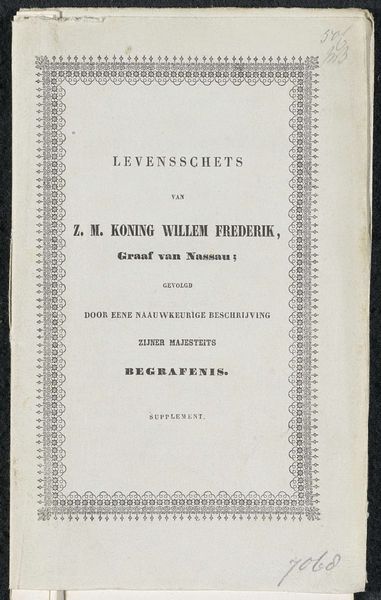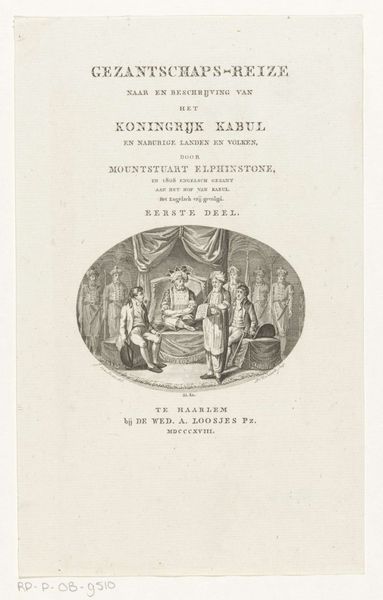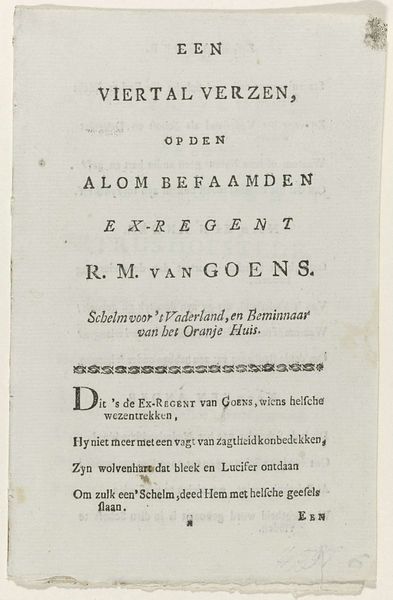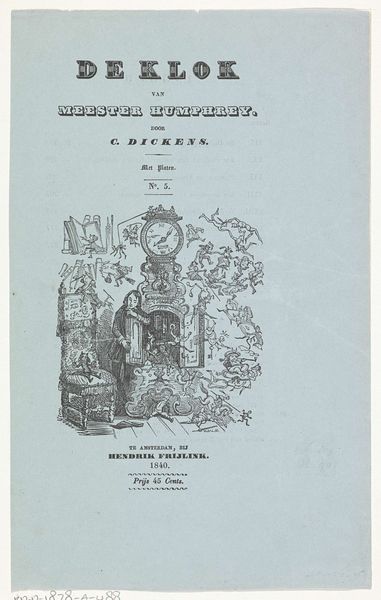
#
pencil drawn
#
aged paper
#
recoloured photograph
#
light pencil work
#
light coloured
#
old engraving style
#
ink colored
#
pencil work
#
golden font
#
historical font
Dimensions: height 240 mm, width 161 mm
Copyright: Rijks Museum: Open Domain
Curator: This intriguing work, found at the Rijksmuseum, is titled "Leger van mannen met tulbanden bij een deuropening," or "Army of men with turbans at a doorway." Philippus Velijn created this around 1816. It's quite striking, isn't it? Editor: Indeed. The scene depicted feels almost dreamlike, the light pencil work gives it a hazy quality. The stark contrast within the small oval vignette is also very captivating. Curator: Velijn’s use of pencil and ink to mimic older engraving styles is critical. This recalls earlier printmaking techniques, aligning it with a history of reproduced imagery circulated widely, not unique "high art" objects. Editor: The formal composition is definitely deliberate. The figure with the turban in the center, acting like the visual center of this scene of, I suppose, some execution is striking, given his rather elegant stance in the foreground, seemingly as a reference point for what's about to come to pass for this unfortunate figure on the floor. Curator: Exactly. And considering the historical context, understanding the source material - likely a book illustration - is key. Velijn's work operates within a market for illustrated texts, meant for education and dissemination of knowledge, shaping public perception through visual narratives. Who are these men depicted and what function and cultural roles might they play? Editor: Absolutely. From a visual standpoint, the repeated turbans create a striking pattern, almost like a decorative motif against the plain background, despite the violence being enacted. Semiotics could play a large role, the angles of bodies creating leading lines and a distinct contrast of emotions throughout. Curator: This contrast likely points towards the means of illustrating, depicting, and perpetuating ideas about foreign cultures. It wasn't about individual artistry. The labor involved and how it fits into book production and consumption tells a fascinating story, in conjunction with historical ideas that were popular at the time. Editor: It’s curious how something so starkly rendered can still possess a certain, quiet beauty. Perhaps this reveals the complexity of such seemingly clear compositions when visual perspective adds another layer to this art. Curator: Ultimately, for me, the work illuminates the process through which images of the "other" were created and consumed and how those processes reflect cultural ideas of power and marginalization, perhaps for pedagogical use. Editor: An important thing to remember. Thank you, that provided a unique insight!
Comments
No comments
Be the first to comment and join the conversation on the ultimate creative platform.
